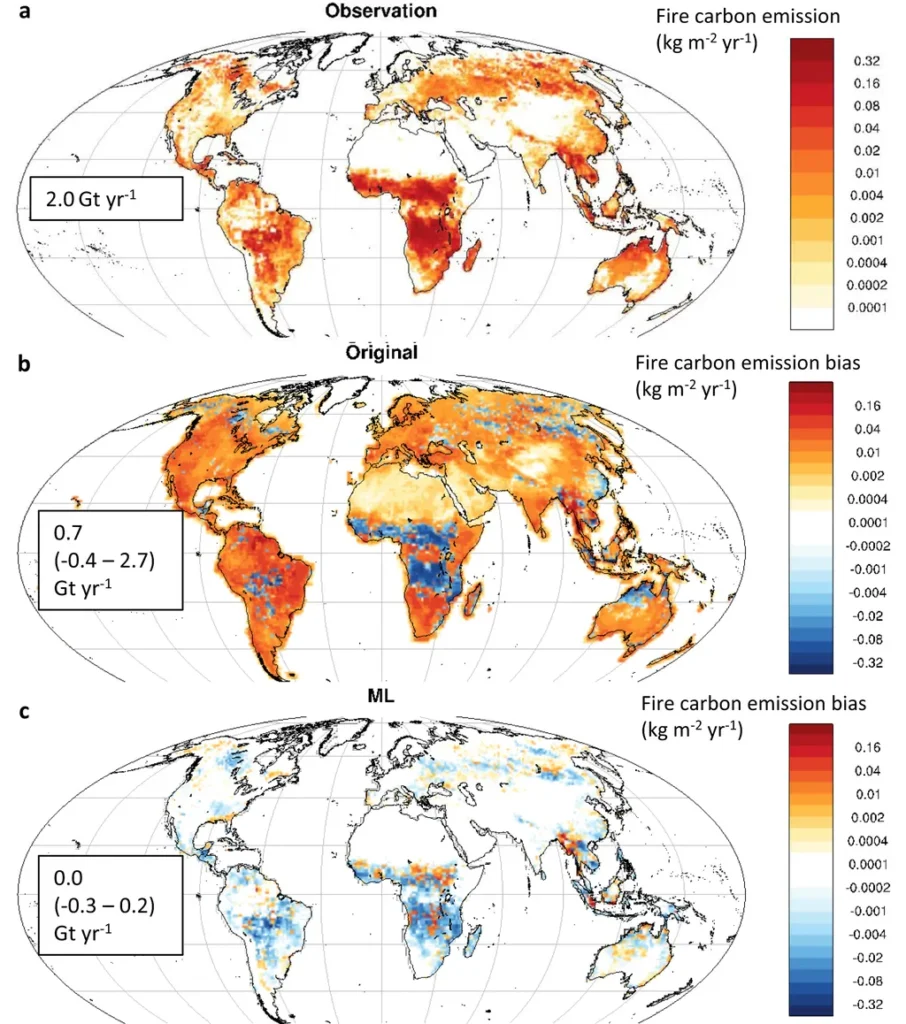In the heart of India’s Bandipur, a cutting-edge approach to mapping burnt areas is emerging, promising to revolutionize wildfire management and carbon emission assessments. A recent study published in the open-access journal “PLOS ONE” introduces a novel deep learning algorithm that could significantly enhance the accuracy and efficiency of burnt area (BA) mapping, with profound implications for the energy sector and environmental monitoring.
The research, led by Sai Balakavi, leverages very high-resolution imagery from PlanetScope satellites and employs two deep learning architectures: a Custom UNET and a novel UNET-Gated Recurrent Unit (GRU) hybrid. The study’s findings reveal that the UNET-GRU model consistently outperforms the Custom UNET, particularly in recalling burnt areas and capturing spatial features.
“Our results highlight the potential of the novel UNET-GRU for burnt area mapping using very high-resolution data,” said Balakavi. This enhanced accuracy is crucial for estimating carbon emissions, assessing biodiversity loss, and guiding restoration efforts, all of which are vital for sustainable energy practices and environmental management.
The study’s performance metrics, including Precision, Recall, F1-Score, Accuracy, Mean Intersection over Union (IoU), and Dice Coefficient, underscore the UNET-GRU’s superior ability to handle finer distinctions and capture spatial and contextual features. The Receiver Operating Characteristic (ROC) curve further supports this, with the UNET-GRU achieving a higher Area Under the Curve (AUC) of 0.98 compared to the Custom UNET’s 0.96.
The implications of this research extend beyond environmental monitoring. Accurate BA mapping is essential for the energy sector, particularly in managing wildfires that can impact power infrastructure and renewable energy projects. By providing precise data on burnt areas, this technology can aid in risk assessment, resource allocation, and strategic planning.
Moreover, the study’s findings suggest that integrating GRU into the UNET architecture could pave the way for more advanced and precise mapping techniques. This could lead to better-informed decision-making processes in fire management, carbon trading, and environmental policy.
As the world grapples with the increasing frequency and intensity of wildfires, the need for accurate and efficient BA mapping has never been more critical. This research offers a promising solution, demonstrating the power of deep learning and very high-resolution imagery in addressing one of the most pressing environmental challenges of our time.
Published in the open-access journal “PLOS ONE,” this study is a testament to the potential of collaborative research in driving technological advancements and shaping future developments in the field of environmental monitoring and management.

